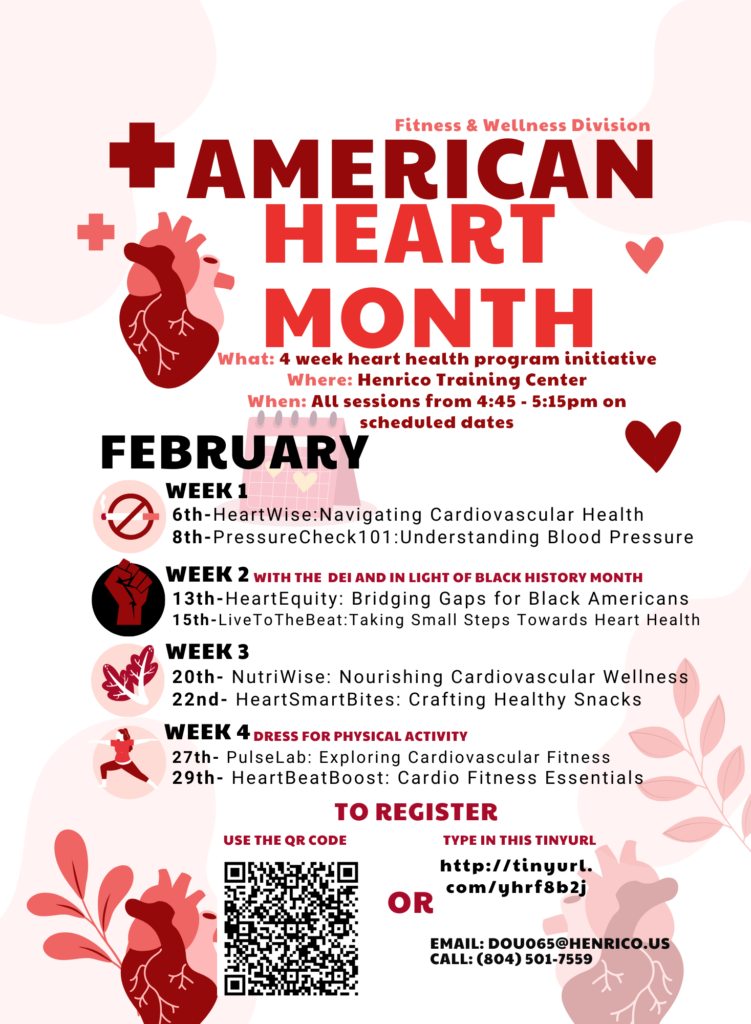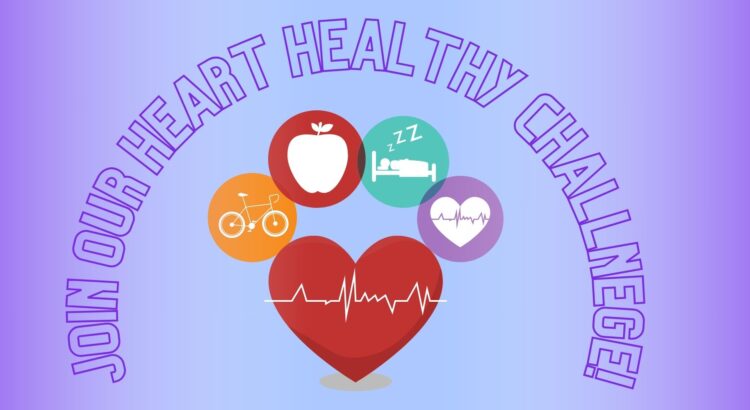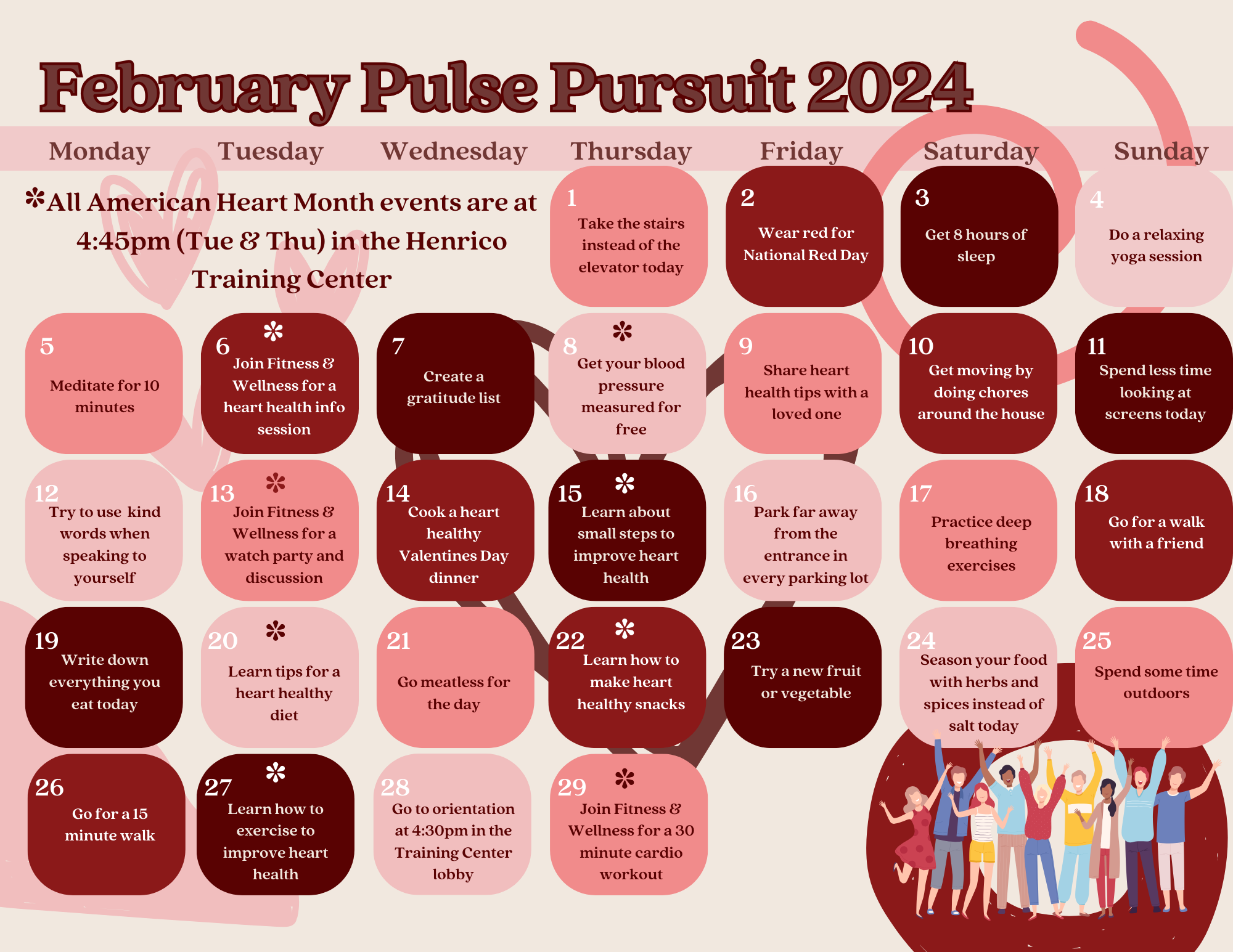In 1984, Henrico County created the Volunteer Services Program. A coordinator was assigned to establish guidelines for effectively using volunteers in county government departments. A department coordinator, or primary volunteer supervisor, was also identified in most departments. At the program’s start, about 500 volunteers worked in as few as ten departments in the county. Since then, the opportunities available to volunteers and the services provided by non-paid staff members have grown significantly.
The term “volunteer” has taken on many meanings. Specifically, to Henrico County, a volunteer is a person who has chosen to give their time and talent to a worthwhile group or cause without concern for monetary profit. The county has come to rely more and more upon volunteers to:
- Enrich and extend the programs now being offered through various county agencies
- Gain skills and practical experience through personal development
- Perform and support direct services that impact the community by encouraging civic engagement
- Afford residents and employees an opportunity to affect the environment in which they live, work, and play
Community support and interest are essential in providing quality services for County residents. Volunteers’ contributions, dedication, and commitment are vital to the county’s growth. Each opportunity is different and contributes an essential part to the organization.
In the last few years, the county has expanded volunteer programs to serve volunteer opportunities with county employees, residents, and students. The county aims to provide a practical and rewarding experience to engage with public service and community organizations.
The Volunteer Program has been a vital resource to the county’s community and workforce for forty years. Throughout the past few years, Henrico volunteers have contributed hundreds and thousands of hours of volunteer work in several ways.
- 2018, 1,232 volunteers contributed 147,530 hours
- 2019, 960 volunteers contributed 146,263 hours
- 2020, 806 volunteers contributed 90,289 hours
- 2021-2022, no data due to COVID-19
- 2023, almost 618 volunteers per month contributed 104,928 hours
Henrico honors its volunteers for their commitment to serve, and we encourage all agencies to take time to recognize their volunteers and all the work they do throughout the year. Every year, a national organization shines a light on the individuals inspired to serve and lend their time, talent, and voice to make a difference in our community during National Volunteer Week (NVW). NVW was established in 1974 to host thousands of volunteer projects and special events scheduled throughout the week to celebrate the power of people who actively support their communities through volunteerism. This year, NVW will be observed April 21-27, and Henrico County will participate by hosting various community service activities from Wednesday, April 24 to Saturday, April 27. From food pantries and clothing closets to beautification projects and community partner events for kids, there will be something for everyone. Stay connected with General Notice messages to sign up for all the activities.
The Board of Supervisors will also proclaim that week as Volunteer Week for Henrico County at its April 9 meeting.
Thank you again for your support of the Volunteer Program. We look forward to continuing the rich tradition of volunteerism here in Henrico County!
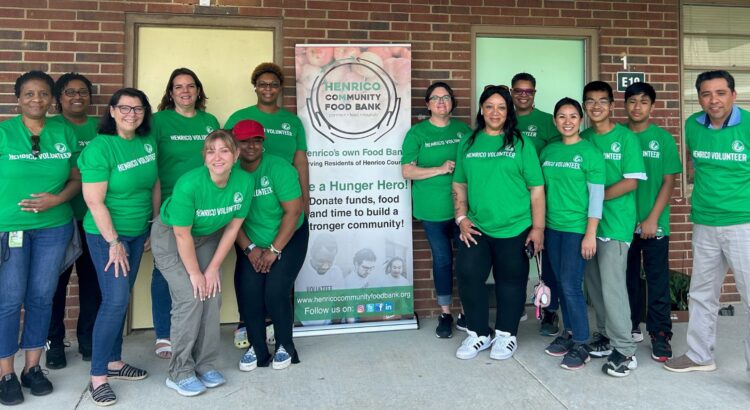













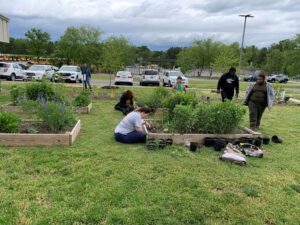
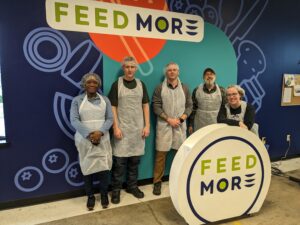













 To understand more about heart health, a Diversity, Equity, and Inclusion (DEI) Division team member interviewed Sydnei Douglas, a trainer and health enthusiast in the Department of Human Resources’ Fitness and Wellness Division, to ask her thoughts about the importance of heart health. These are some of the highlights of the conversation:
To understand more about heart health, a Diversity, Equity, and Inclusion (DEI) Division team member interviewed Sydnei Douglas, a trainer and health enthusiast in the Department of Human Resources’ Fitness and Wellness Division, to ask her thoughts about the importance of heart health. These are some of the highlights of the conversation: